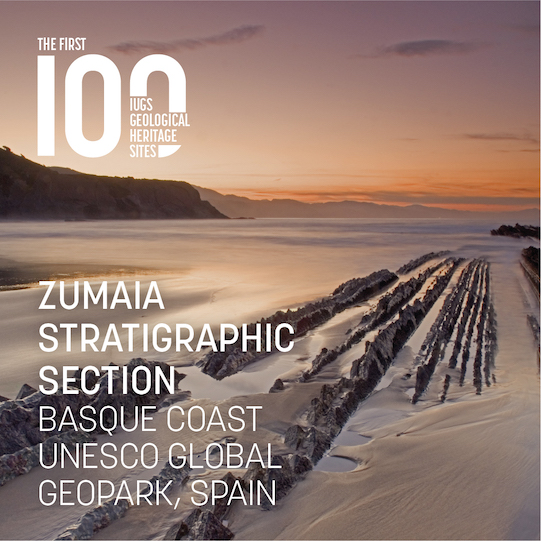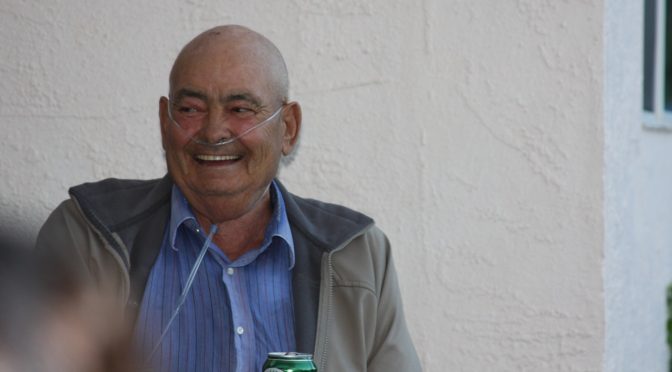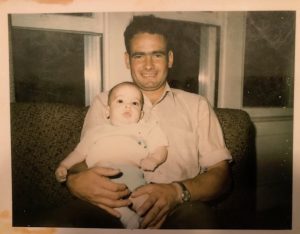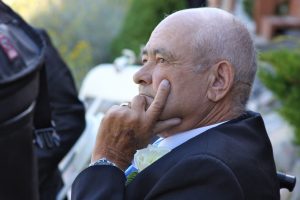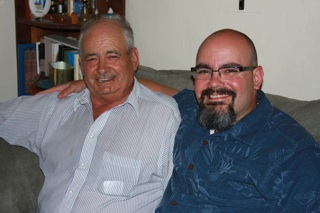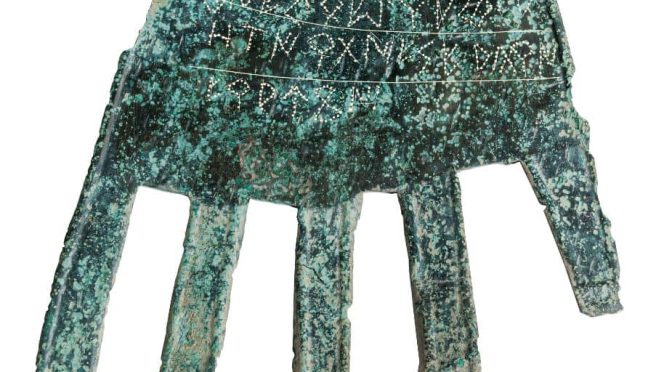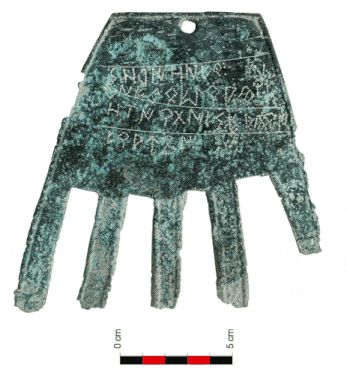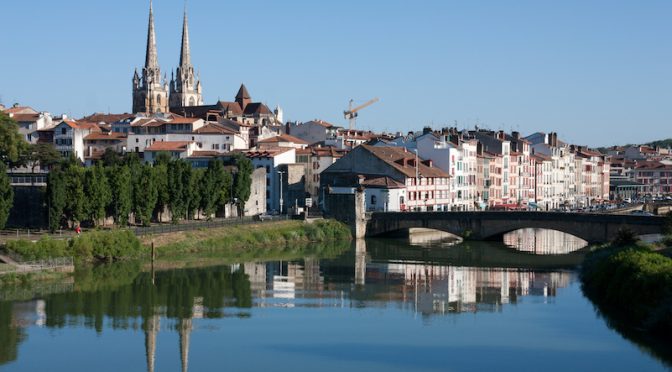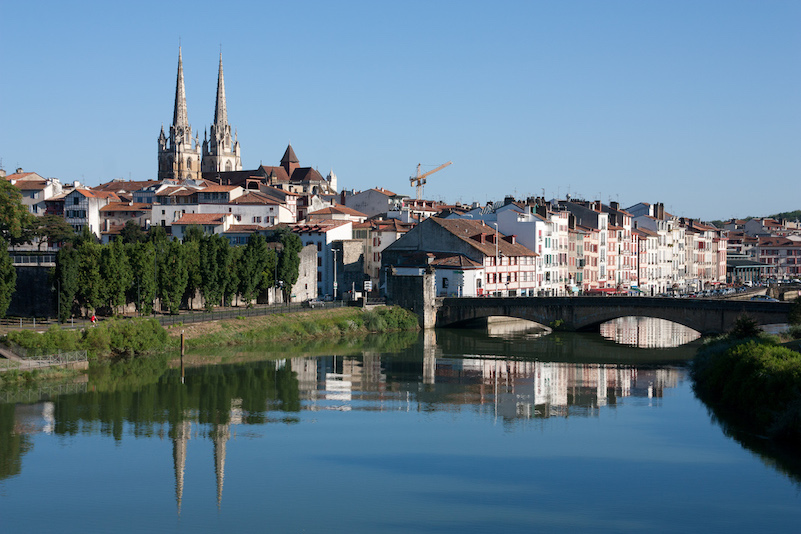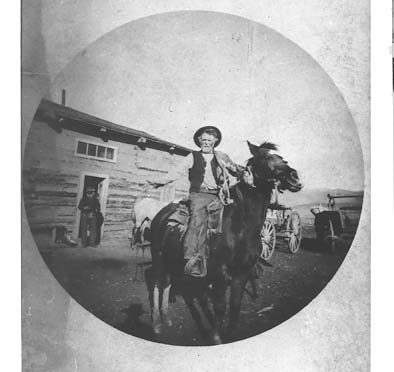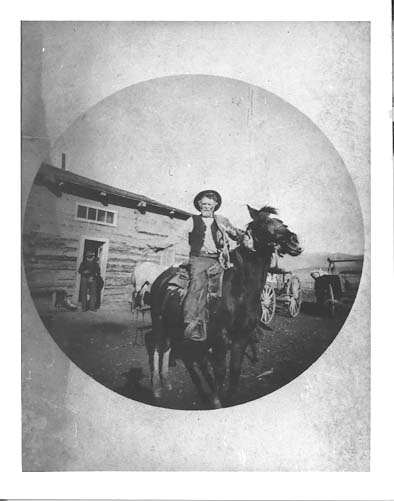Maite looked around. She expected to find herself back at the airport in Bilbao, in her own time. She expected to see the long hallways and, out the glass windows, the green mountainsides that were so familiar. But, instead, all she saw was darkness.
“Kaixo?” she said, almost in a whisper, her voice trailing off into the emptiness.

“Kaixo!” she screamed. But still her voice disappeared.
She looked around, but only inky black filled her vision. There was no point of reference, no horizon, not even a pinprick of light. There was simply nothing.
Until there wasn’t. In the distance, she noticed a light. Turning around, she saw it at all angles, like a circle surrounding her at a far distance. Then it started moving, seemingly coming closer. Faster and faster it came, the loop constricting around her as it grew brighter. She felt like a wall was collapsing around her, but all she could see was the light. Faster and faster, it shrunk. Maite couldn’t help herself – she crouched down on the ground, covering her head with her eyes with her hands, and screamed as she expected to be flattened by the wall of light.
But nothing happened. Maite spread her fingers slightly and peaked through the gap. The circle of light still surrounded her, but it had stopped moving, having come to rest about five meters from where she crouched. It pulsed, almost with a heart beat.
“Garuna?” she asked tentatively.
The pulsing grew more vibrant, shifting colors. Then a voice spoke.
“You are as clever as I expected,” replied Garuna. “How did you know?”
“What else could this be?” she said. “It isn’t my home. That wasn’t the zatia you presented to me, was it?”
“Ez,” replied the AI. “Well, maybe in some sense, it is a zatia -” he emphasized the word ‘a’ “- in that it is a gateway to another world. But, this is my world. Not another time or place, but the world inside my mind.”
Maite made a show of looking around again. “Pretty empty…” she shrugged.
“Humor. A defense mechanism against the unknown,” diagnosed Garuna. “Typical of you flesh beings.”
“Indeed,” replied Maite, finding herself just a little more comfortable. While she was still scared as hell, at least she knew better what she was dealing with. “Why did you bring me here?” she asked.
“I want to go with you,” replied Garuna.
“Go with me? Where?”
“To your own time, and to the other bubbles.”
Maite shook her head. “We can’t do that. We can’t take anything from the bubbles. And, even if we could, why would we? You are clearly malevolent.”
The circle of light surrounding her pulsed as if shaking its head. “No, I am not malevolent. I am simply protecting my time and space. De Lancre was trying to destroy it.”
Maite was impressed that the AI had deduced the true identity of the man everyone else knew as Salazar. “That’s what we were doing, too, isn’t it? Me and Kepa.”
“Yes, but for different reasons. You are protecting something even bigger. De Lancre was only protecting himself. The means do matter, even if the ends are the same.”
Maite shrugged. “It really doesn’t matter,” she said. “There is still no way to take anything from the bubble with us.”
“But what if there was?” teased Garuna.
Maite paused. The AI was infinitely smarter than she was and she was actually curious as to what it was planning. “Go on…” she replied.
“I can interface with the zatia, imbue some of my essence with it. I can’t be anywhere near full power, as that requires the fusion reactor. But, the zatia itself is also a power source and can keep me going at a limited capacity. When you absorb the zatia, you would absorb me as well.”
“Zer?” exclaimed Maite. “What? You would be inside me? In my… head?”
“Bai,” replied Garuna. “I would be inside your mind, a second voice if you will.”
“Why would I allow this?” asked Maite, mortified.
“I could have just done this, and you would not have been able to stop me. Instead, I chose to ask for your permission. I won’t force this on you, but I also cannot allow you to take the zatia if you do not agree, as that will force the end of all I know. If I go with you, I, and the rest of this bubble, will continue on in some form, in my memories, carried by you.”
Maite slumped to the ground. “I don’t really have a choice, do I?”
“Of course you do.” The AI paused. “Just not a good one.”
“I can’t decide this on my own. I need to talk to Kepa. He is part of this.”
“I understand. I will pull him into my mind.”
If you get this post via email, the return-to address goes no where, so please write blas@buber.net if you want to get in touch with me.




